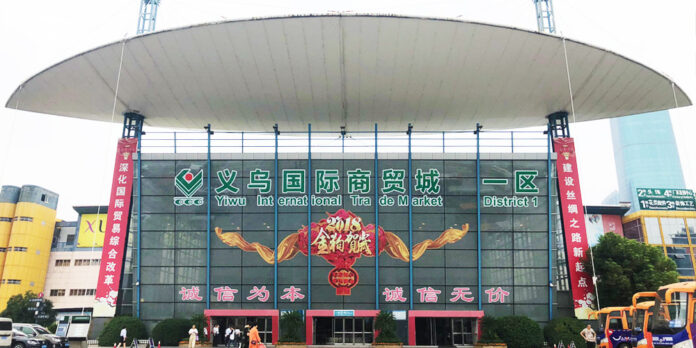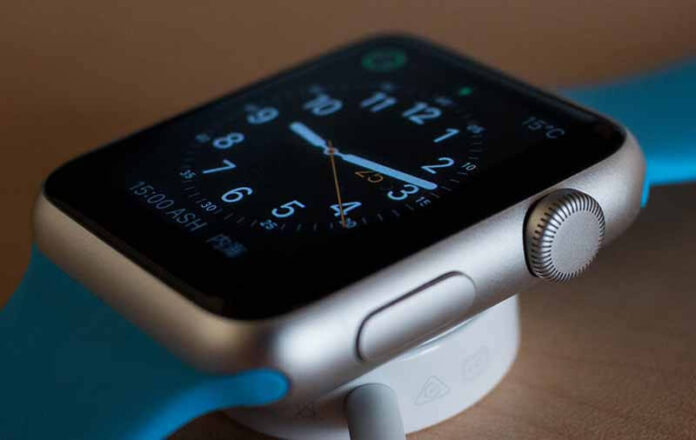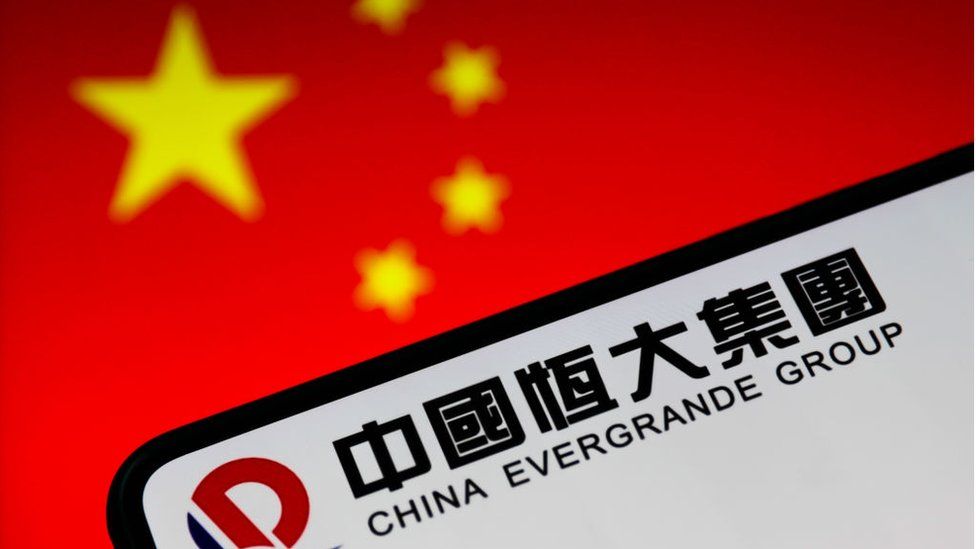One of the most effective tools that ensure the smooth running of your car, is known as the high-pressure fuel pump. It is the kind of the heart of the whole car system that provides fuel to the system and lets the car function properly on a regular basis. The mini cooper fuel pump has an amazingly strong importance for your vehicle. If you don’t know about the advantages, functions, and operations of your high-pressure fuel pump then you just need to read all the articles till the last line. It will definitely help you gain a lot of information about the high-pressure fuel pump.
Advantages Of High-Pressure Fuel Pump
- First of all, the most important advantage is the flexibility in size as well as the installation of your high-pressure fuel pump. You just need to follow a few simple steps for its installation.
- Secondly, it has a very easy structure and doesn’t possess any kind of rotating elements or mechanical fasteners
- Thirdly, they have a very simple procedure of maintenance. Moreover, the components are quite resistant to corrosion.
- It doesn’t require energy while maintaining the high-pressure fuel pump.
Functions Of High-Pressure Fuel Pump
The main function of your high-pressure fuel pump is to provide fuel to your automobile. A reserve is created with the high-pressure fuel pump that causes the sudden start of your vehicle. The high-pressure fuel pump functions when it is lubricated by the fuel as well as driven by the motor system. It functions when the fuel inside the pump is pressed by the three pistons. Each of these works independently of the other.
Operations Of High-Pressure Fuel Pump
The high-pressure fuel pump operates in a way that it moves the fuel to the valve through the water separator. This process is known as filtration. Furthermore, the fuel of your high-pressure fuel pump flows through the cooling system. In case the pressure in your high-pressure fuel pump increases, the system has an auto adjustable process to maintain the fuel and pressure towards the inlet valve.
Power Supply Of High-Pressure Fuel Pump
The high-pressure fuel pump is designed in a way so that it can be used in long term. It is very interesting to note that there is always an extra amount of compressed fuel in the partial load standard. The compressed fuel moves directly towards the tank which is further aided by the pressure regulating valve. In this situation, the fuel may also alter its functionality resulting in an unfavorable performance. This situation can be avoided by adjusting the power supply. You can achieve it by disconnecting the pump.
Conclusion
The high-pressure fuel pump is not just a simple or ordinary tool in the car, rather it plays a major role in your car’s functioning. You just need to be aware of its basics so that you can easily deal with problems caused by your high-pressure fuel pump. If you are a noob, then you should keep in touch with the manufacturer so that your car keeps working perfectly without any problem.
























